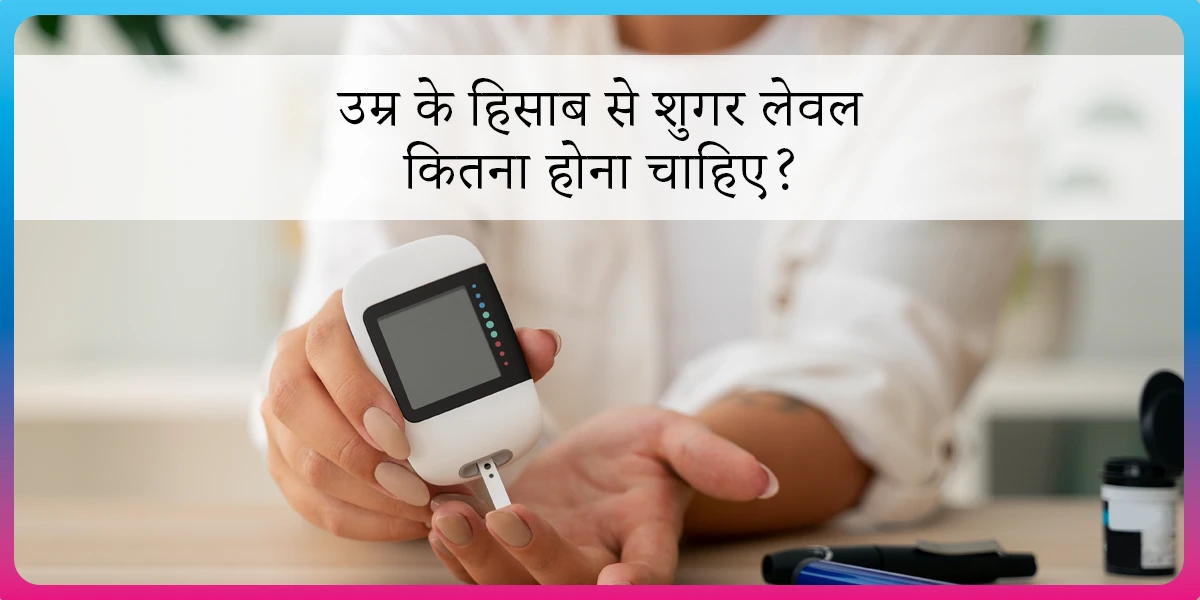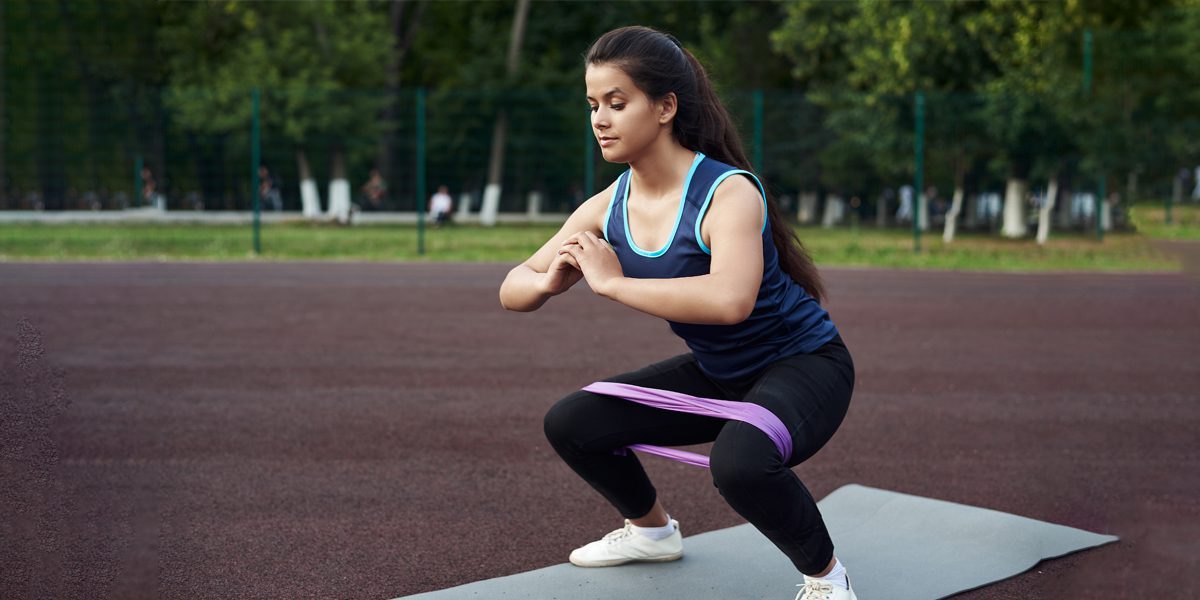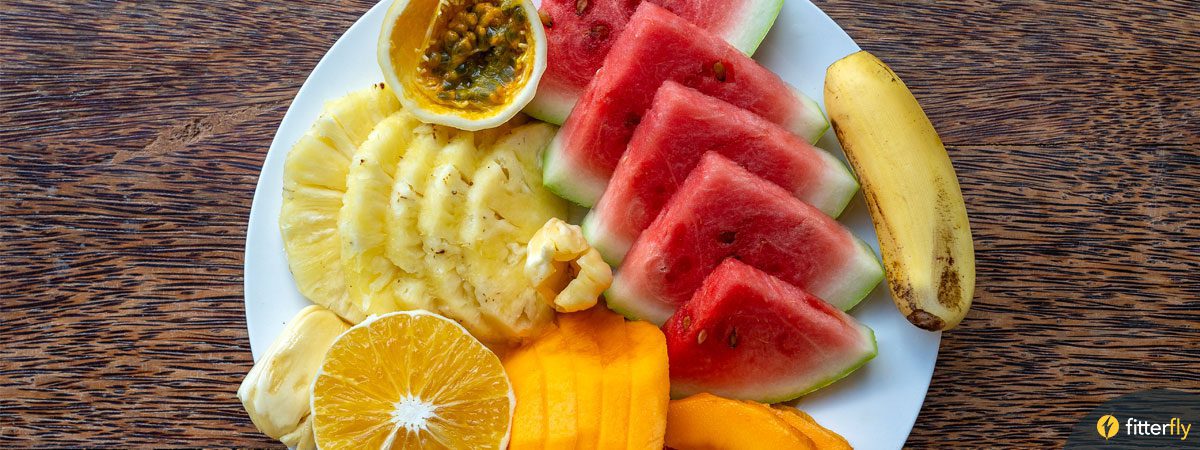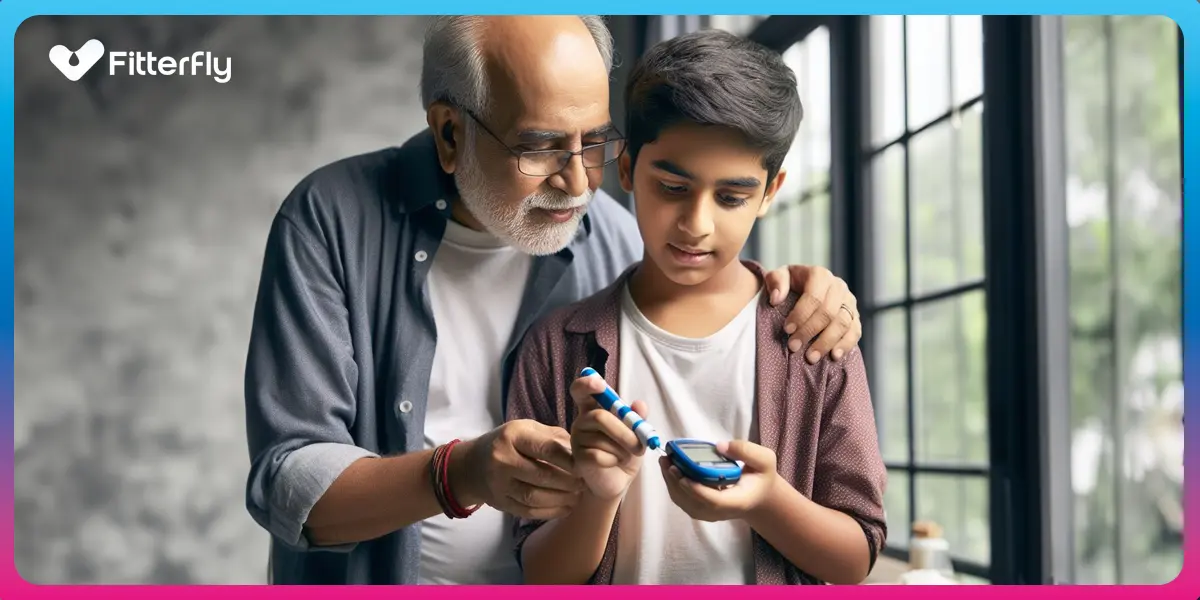Is Radish Good for Diabetes? Risks, Benefits and Radish Recipes
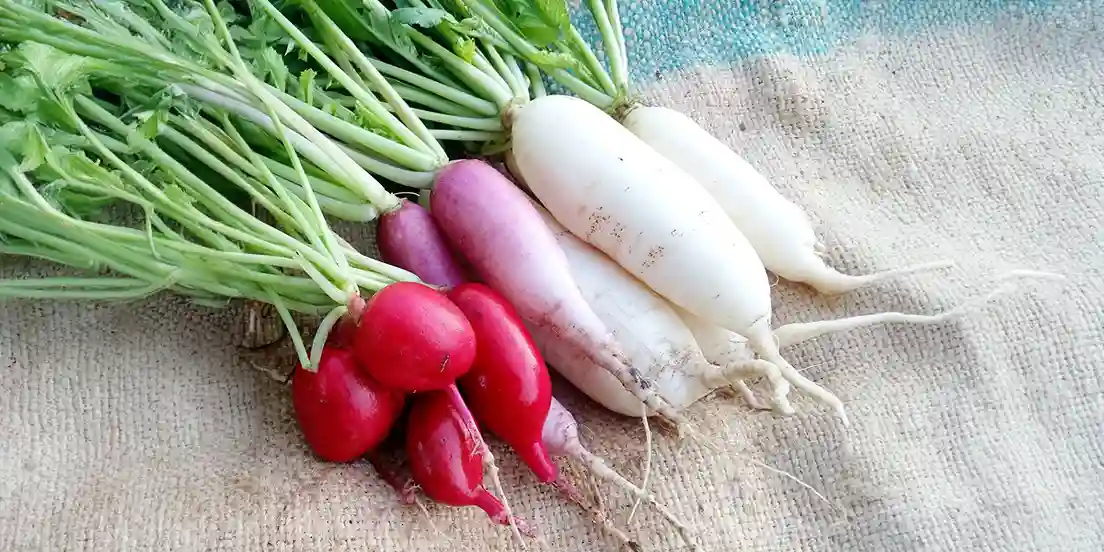
What is Radish?
Radish, or “mooli” as commonly known, is a root vegetable with a crisp texture and a slightly peppery flavor. It is a staple in many Indian households, often used in salads, pickles, and traditional dishes.
Radishes come in various colors, including white, red, purple, and black, and are known for their high water content and crunchy consistency.
What is the Nutritional Value of Radish?
Radishes are low in calories and high in essential nutrients. A 100-gram serving of radish contains:
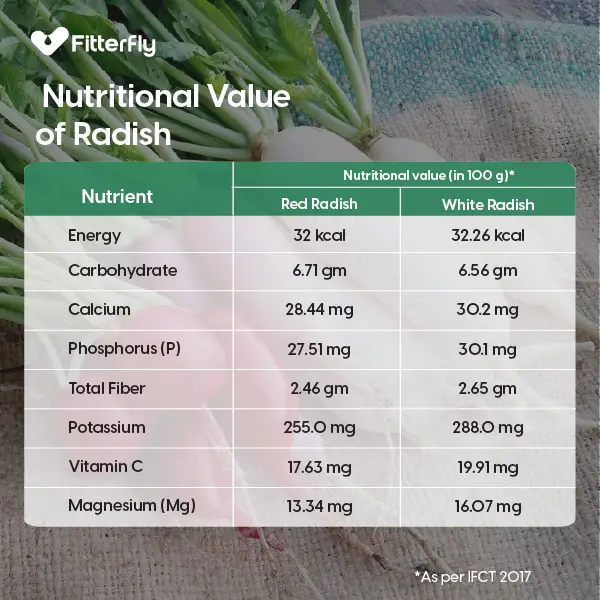
*As per IFCT 2017
These nutrients make radishes a healthy addition to any diet, especially for those managing diabetes.
What is the Glycemic Index of Radish?
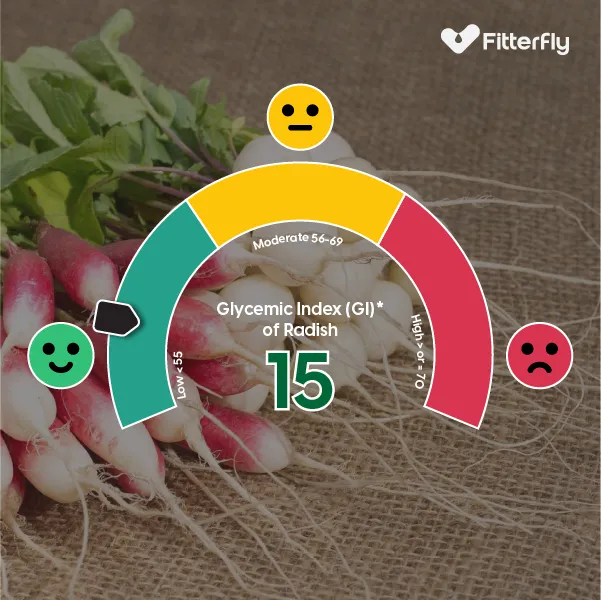

The glycemic index (GI) measures how quickly a food raises blood sugar levels. Foods with a low GI (below 55 )are better for managing blood sugar levels.
Radishes have a very low GI, estimated to be around 15. This makes radishes an excellent choice for people with diabetes, as they help maintain stable blood sugar levels without causing spikes.
To know your chances of Diabetes reversal, take the Diabetes Reversal TestDiabetes Reversal
Calculator
Is Radish Good for Diabetes?
Yes, radish is beneficial for people with diabetes. Its low GI, high fiber content and nutrient profile make it a suitable food for maintaining healthy blood sugar levels. Including radishes in your diet can help you manage diabetes more effectively.
Are There Any Benefits of Eating Radish in Diabetes?
1. Blood Sugar Regulation: Radishes contain compounds that help regulate blood sugar levels, making them an excellent addition to a diabetes-friendly diet.
2. Rich in Fiber: The fiber in radishes aids digestion and slows the absorption of sugars, preventing sudden spikes in blood glucose levels.
3. Low in Calories: Radishes are low in calories, which helps in weight management—a crucial aspect of diabetes control.
What are the Other Health Benefits of Eating Radish?
1. Improves Digestion: Radishes are rich in dietary fiber, which promotes healthy digestion and prevents constipation.
2. Boosts Immunity: The high vitamin C content in radishes boosts the immune system, helping the body fight infections.
3. Supports Heart Health: Radishes contain antioxidants and minerals like potassium, which are beneficial for heart health.
Are There Any Risks of Eating Radish in Diabetes?
While radishes are generally safe and beneficial, excessive consumption can lead to certain issues:
1. Digestive Discomfort: Eating too many radishes can cause gas and bloating due to their high fiber content.
2. Allergic Reactions: Some people may be allergic to radishes, experiencing symptoms like itching, swelling, or difficulty breathing, but that’s very rare.
Radish Recipes for People with Diabetes
1. Radish and Cucumber Salad: For a refreshing salad, combine sliced radishes, cucumbers, and lemon juice.
2. Mooli ke Parathe (Radish Paratha): A whole-grain mooli ke paratha made with minimal oil can be a healthy breakfast option commonly had in Punjab and many other northern states of India.
3. Mooli ka Raita (Radish Raita): Mix grated radish with dahi, add/sprinkle cumin powder, and a pinch of salt/rock salt/kala namak for a tasty side dish.
4. Mullangi Sambhar: Mooli Sambhar or Mullangi sambar as called in South India is an easy and delicious South Indian gravy made with radish, toor dal, and masalas like coriander seeds, rai etc. The radish adds a unique flavor to the dish, making it both healthy and flavorful.
5. Use in Pickles: Radish pickles are a traditional favorite and can be enjoyed in moderation.
Cook with Other Vegetables: Add radishes to vegetable stir-fries or soups for added flavor and nutrition.
Best Time to Consume Radish for Diabetes
Radishes can be consumed at any time of the day. However, eating them during meals can help in better digestion and effective blood sugar management.
Including them in lunch or dinner as part of salads or cooked dishes can be beneficial.
How We At Fitterfly Can Help You?
We all love having radish (mooli) as a salad with our lunch or dinner, especially during winter. They are crunchy and taste great.
Not only as a salad but across India, we enjoy mooli in various ways, whether it’s the yummy mullangi saambhar or the all-time favorite mooli ke paratha. Do include it in your diet, whether you have diabetes or not.
At Fitterfly, our coaches provide exclusive ideas to include diabetes-friendly vegetables like mooli in smarter ways in your diet. They will also suggest different recipes and modify your diet based on your cultural and taste preferences.
They will help you monitor and control your blood sugar spikes with the help of a CGM sensor and plan your diet
Also, our fitness coach will help you manage diabetes-related pain and customize a workout plan to keep you active throughout the day. Our success coach (mental wellness coach) will help you in managing stress and sleep-related issues.
If you want to know more about Fitterfly’s Diabetes Program, just give a missed call on 08068507599 and one of our program advisors will get in touch with you.
REVERSED Diabetes in 3 months


5.7%
Happy members
EMI
Guarantee
4.8/5
Diabetes Prime Program
This blog provides general information for educational and informational purposes only and shouldn't be seen as professional advice.










